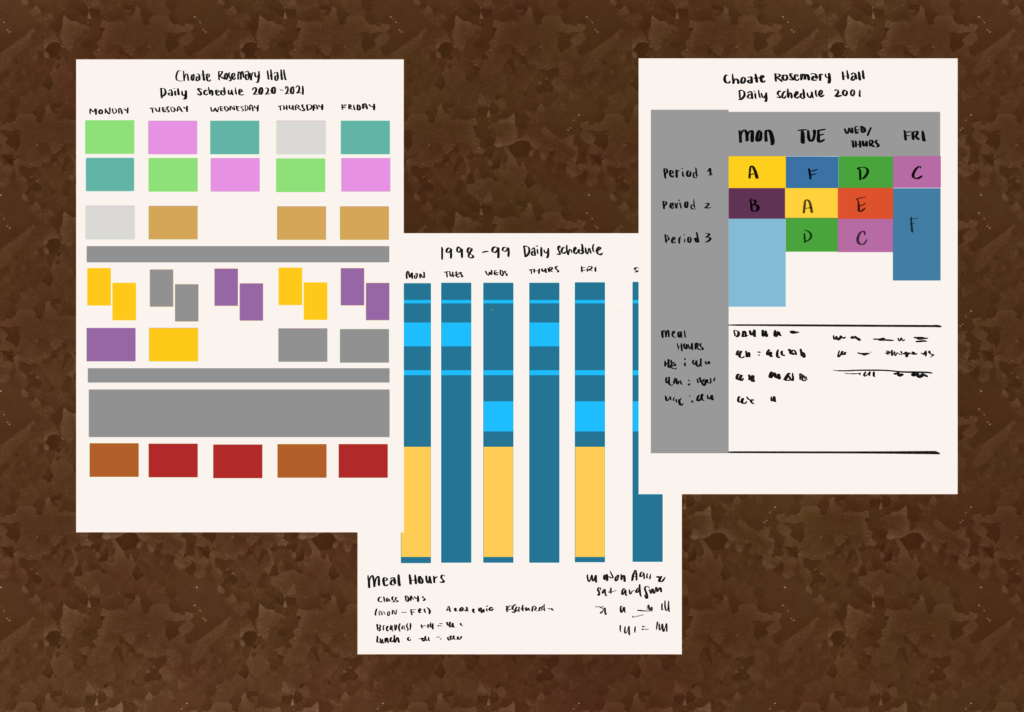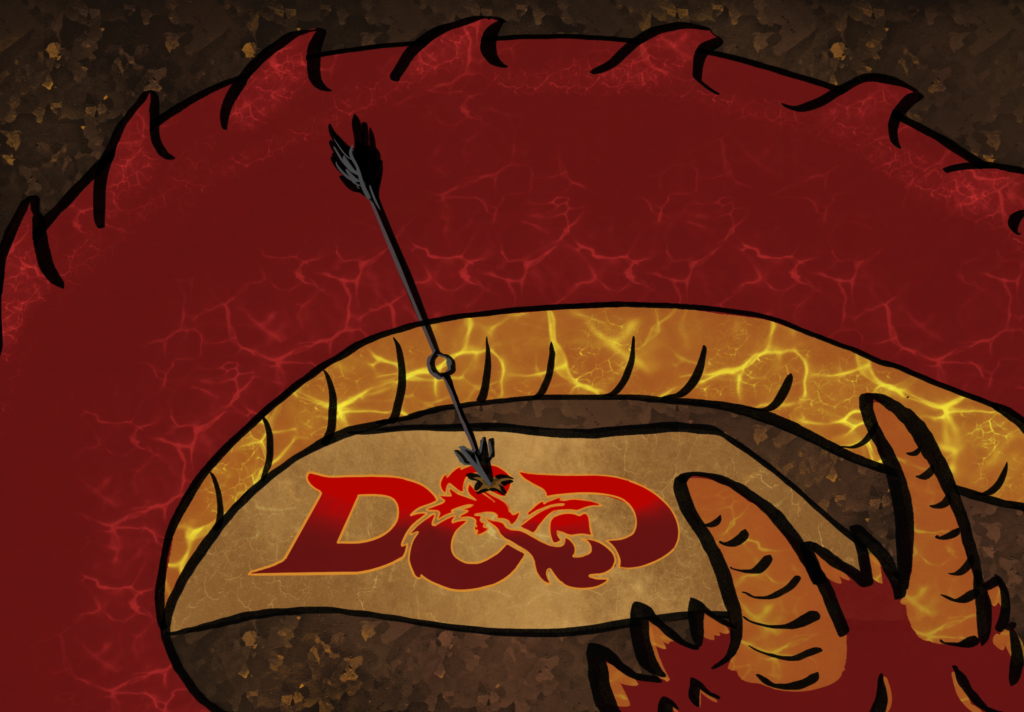Computer programming: the seemingly incomprehensible series of letters and symbols that lies at the heart of our technology-dependent society. Most take it for granted, but not Patrick Kage ’16. No, Kage has taken his interest and skill in computer science to a whole new level: he is an intern at the Jet Propulsion Laboratory (JPL), a government-funded National Aeronautics and Space Administration (NASA) facility run by the California Institute of Technology that focuses on building and sending out spacecraft.
Kage has been interested and involved with computer science since around sixth or seventh grade. Before JPL, he took full advantage of the opportunities to pursue computer science at Choate, excelling in the most advanced courses offered and taking on the role of co-founder (and later, co-president) of the Choate Programming Union. This past fall term, he took a directed study in artificial intelligence, in which he created a program to read a text input and determine which letters it contained based on certain measurements.
Last summer, Kage worked at the Massachusetts Institute of Technology, where he became involved in a remote JPL project dealing with the infrastructure of a spacecraft. JPL then contacted him and suggested that he apply to a ten-week, on-site internship at the NASA laboratory this summer.
Readily admitted, Kage was also invited to first go to JPL during spring break to learn how to navigate the unfamiliar territory. For two weeks, Kage attended conferences, took notes, and became acquainted with his future summer co-workers. Regarding accommodations, he said, “I figured out the nitty-gritty of how I’m actually going to live there, because I know nobody in California.”
Kage shared that his spring break experience was a valuable prelude to what he anticipates will be a thoroughly enjoyable summer, as it helped him learn “how to collaborate with people” and “see what’s going on there.” As a bonus, he also took away a fair share of knowledge on trajectory physics, which he picked up from a fellow intern.
During his summer at NASA, Kage will be working on a project divided into two groups: Team A and Team X. Team A will complete the task of determining the project’s tradespace — the set of boundaries that show how to maximize efficiency and how much of certain resources can be used. Then, Kage will work with Team X in using that tradespace to create a specific design and software for the spacecraft.
While the NASA employees place a good deal of trust in interns like Kage, who had to undergo a background check, the reality remains that he is a high school student with much left to be learned. He comically noted, “I work for people who actually have degrees in theoretical physics. I only have a theoretical degree in physics.” In fact, some of the work at NASA is classified and not shared even with the interns.
What part of the internship excites Kage the most? “I mean, you know, it’s literally rocket science. And I get to do programming all day, so that’s a big plus for me,” he said. On the other hand, a challenge is collaborating on projects with unfamiliar workers, though he is confident that once he is sufficiently exposed to the new environment, the collaboration will come naturally.
Regarding his career, Kage plainly revealed, “I don’t know what to do with myself. I’m interested in medicine, I’m interested in computer science, and I’m interested in aerospace.” At a younger age, when his dreams were more defined, “I used to tell people I wanted to be a fire truck when I grew up.” Alas, he has somewhat realized the impracticality of that venture.
Wherever the internship may lead Kage, and whatever career he decides to pursue, he is sure of one thing: “My dream job is something that I genuinely enjoy doing,” he said. Given the passion he oozes for computer programming, NASA seems like a great place to start.





